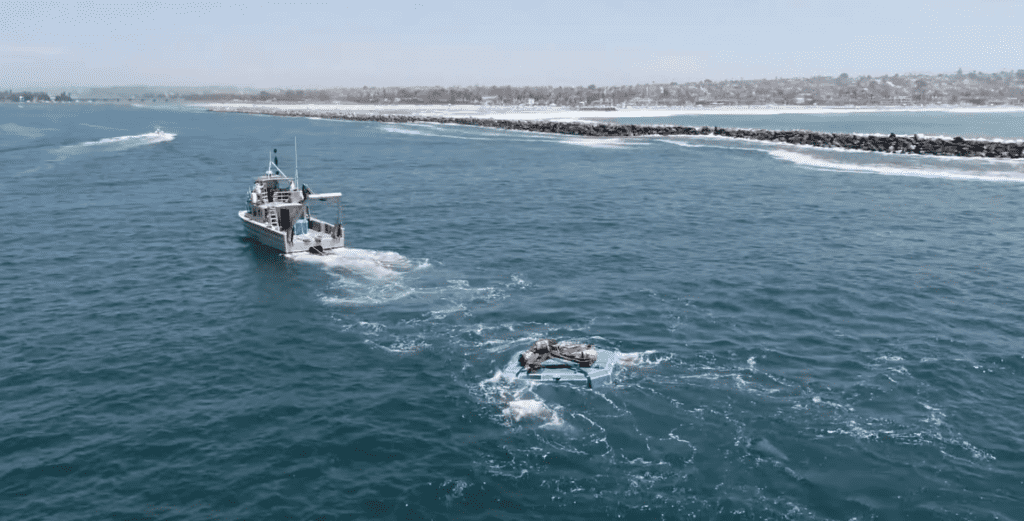For many years, CalWave has been polishing its xWave clean power technology. Most recently, the company announced that a major open-ocean test conducted off the coast of San Diego, where the device showed over 99 percent system uptime, had been successfully completed.
Although there are numerous wave energy projects in development, wave energy is one of the less prevalent renewable energy sources, and the industry is still in its early stages. However, according to CalWave, “ocean waves are 20-60 times more energy-dense, predictable, and constantly compared to other kinds of renewable energy.”
However, extracting that energy is proving difficult. The ocean is a typically harsh environment for artificial objects, and to attract investor funds, energy assets must pay off their high capital expenses over decades of continuous operation. As a result, most projects appear to spend excessive time in the testing phase, and nothing has yet succeeded in going commercial on a large scale.
CalWave is definitely an excellent example; the company has been touting satisfactory test results since at least 2016 when it had a small 1/20th-scale model running in a test basin. The xWave is a boxy, buoyant small platform towed out to sea and moored to the sea floor with a tether length that keeps it completely submerged.

“As a wave passes over the top, you get a pressure wave that causes motion relative to the sea floor, and with our anchors on the sea floor, we convert that relative motion to power,” said COO Dan Petcovic.
The xWave features four spools connecting cables to the ocean floor, and it generates power when these spools wind and unwind while the waves carry the platform.
According to the company, running it underwater prevents the xWave from catastrophic injury when the ocean is stirred. In addition, when unusually heavy waves blast the device, these spools may be automatically and individually braked to varying degrees, allowing it to either shut down totally or retool itself to collect electricity from weather that would shut down other renewables.

CalWave claims that the device’s durability is the key to its market advantage and that it should be significantly less expensive than competitors in the sector.
According to CalWave, the x1 platform “achieved high performance as targeted and predicted,” operating under fully autonomous control for approximately 80% of its operating time, demonstrating more than 99 percent uptime with zero operator interventions, and correctly shutting itself down during particularly rough conditions with waves up to 15 feet high.

Anti-corrosion coatings and sacrificial anodes assisted in preventing rust. The company also tested an anti-biofouling coating, noting that uncoated areas encountered some biofouling but had no effect on operations. In addition, a third-party evaluation confirmed that it presented no hazard to marine life.
There is still so much room to improve before the world fully embraces the excitement surrounding wave energy. So the next stage for the company will be to test a 100-kilowatt version of the xWave for two years off the coast of Oregon at PacWave South, “the nation’s first accredited, grid-connected, pre-permitted wave energy test facility.”


